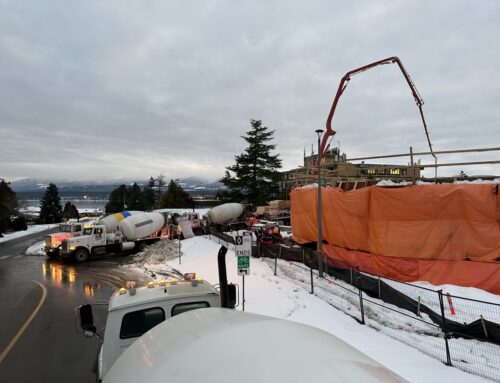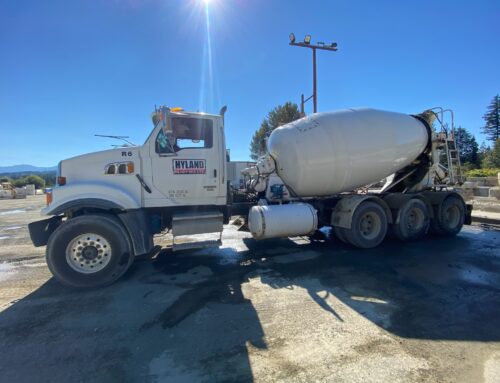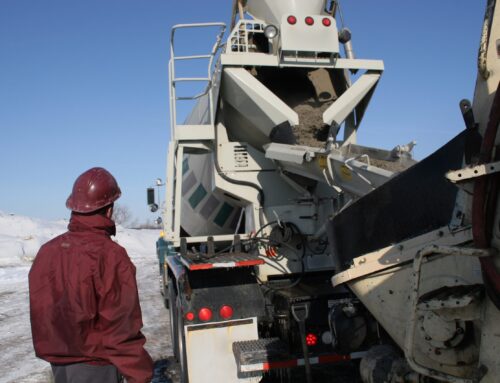6 Tips for Pouring Concrete in the Summer Heat
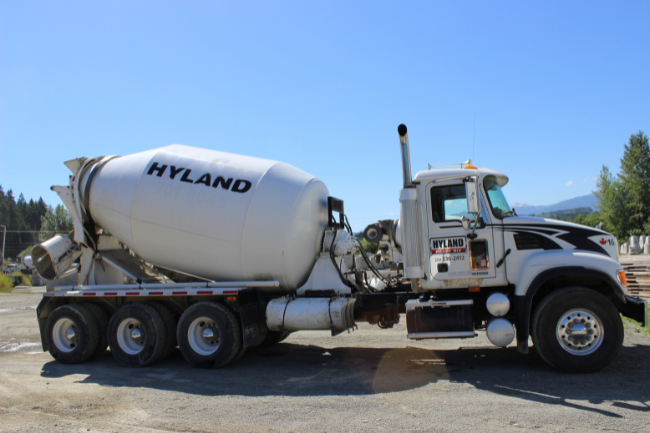
Keeping your concrete strong when the heat is on in the Comox Valley
What counts as hot weather?
Wondering when you should start thinking about what temperature is too hot to pour concrete? If the thermometer hits 27 °C or higher—or it looks like it will during your pour—you’re dealing with hot weather, according to CSA A23.1-7.1.1. But it’s not just about the temperature. Low humidity, strong winds, and blazing sun can push concrete into hot weather conditions even if the air doesn’t feel scorching.
Why does hot weather matter on the job site?
Pouring concrete when it’s hot out needs special consideration. Here’s what you might run into:
- Concrete needs more water to stay workable
- Slump drops fast, so you have to move quickly
- Concrete sets up faster, making placement and finishing a real race against the clock
- More risk of surface cracks before it hardens
- Higher mix temperatures can mean weaker finished concrete
- Greater chance of thermal cracks (plastic shrinkage cracks) as concrete cools down after placement
Temperature rules to know
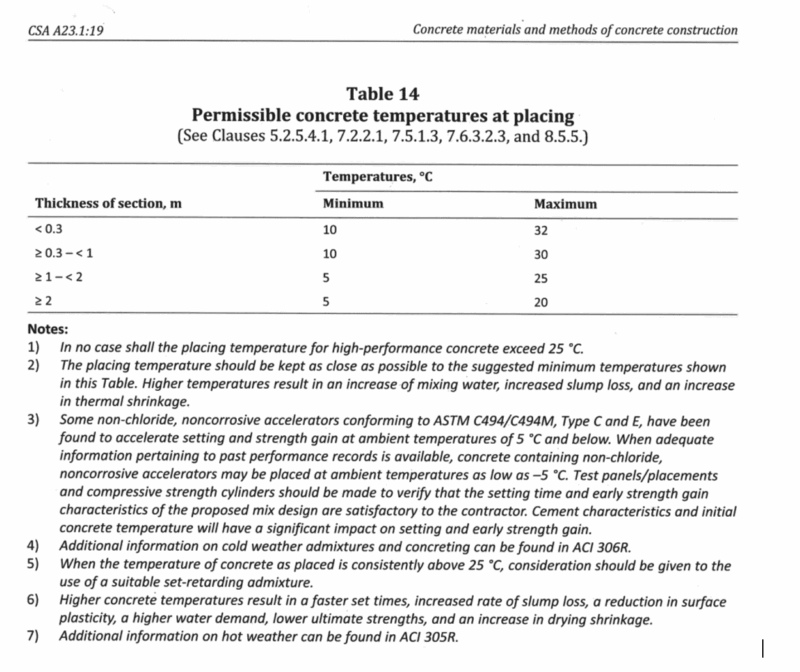
6 tips to minimize hot weather challenges
Here are some straightforward ways to keep your pour on track when the heat cranks up:
- Dampen the substrate and form work with cool water prior to concrete placement.
- Ask for superplasticizer and order a higher slump so you can move and place faster.
- Think about using retarder or supplementary cementing materials if you need more time for finishing, especially for flatwork.
- Plan pours for early morning or late afternoon when it’s cooler.
- Make sure you have enough crew on hand to handle every step—placing, finishing, and curing—all at once if needed.
- Be ready to cure right away to keep moisture in and stop cracks from forming.
“Quick Tip: On really hot days, try to get your concrete in before the sun gets too high. The earlier, the better. Hyland is ready to deliver early in the morning on hot days.”
If it’s regularly topping 25 °C during your pour, you might need to use ice or cool water in the mix to keep temperatures in check. It takes extra planning and can add to the cost, but it’s the best way to make sure your concrete meets specs and lasts over time.
Need help?
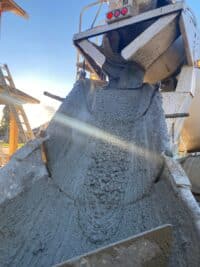
More info:

